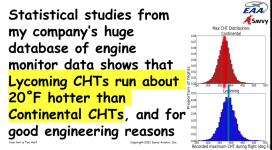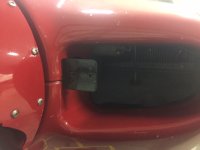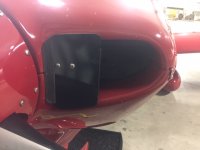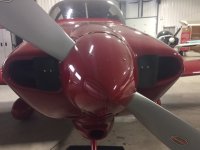As winter settles in I'm having a hard time keeping my CHTs and oil temps at the desired temperatures. I installed the Anti-Splat-Aero oil cooler shutter on the firewall side and that helps bring the oil temp above 150F. My CHTs are running between 250-300F.
I am flying an RV-6 with IO-360 and CS prop. I typically fly very LOP, or at peak EGT with power levels between 30-40% except for WOT takeoff to cruise altitude (typically less than 2K AGL). This is flying around the patch missions.
I am considering installing some sort of plate to reduce the cowl opening area. Before starting a science fair experiment I wanted to ask how others keep their temps up on cold days.
I am flying an RV-6 with IO-360 and CS prop. I typically fly very LOP, or at peak EGT with power levels between 30-40% except for WOT takeoff to cruise altitude (typically less than 2K AGL). This is flying around the patch missions.
I am considering installing some sort of plate to reduce the cowl opening area. Before starting a science fair experiment I wanted to ask how others keep their temps up on cold days.









